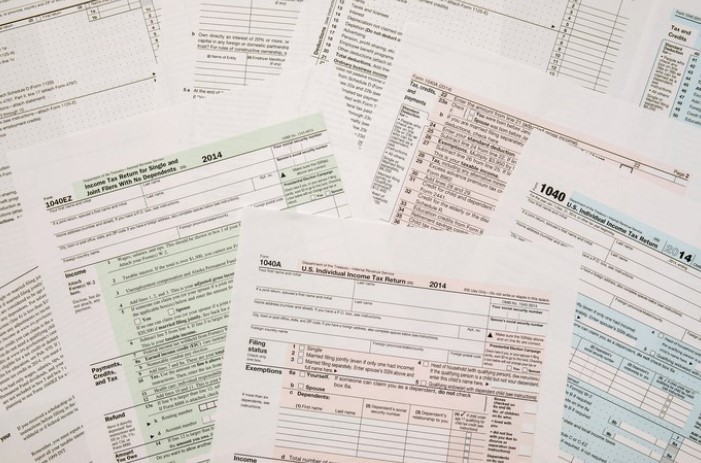
Taxpayers have a choice when filing their returns: They can take the standard deduction or itemize their deductions. The latter option can be far more time-consuming, and whether it’s worth doing depends on what the standard deduction looks like.
Each year, the IRS determines what the standard deduction is for taxpayers, and in 2020, it’s going up a bit. That’s good news, since the overwhelming majority of people who file taxes don’t itemize, but instead opt for the standard deduction.
The 2020 standard deduction
The standard deduction you’re entitled to will depend on your tax-filing status. Here’s what it looks like going into 2020:
| Filing Status | 2020 Standard Deduction | Increase From 2019 |
|---|---|---|
| Single or married filing separately | $12,400 | $200 |
| Head of household | $18,650 | $300 |
| Married filing jointly | $24,800 | $400 |
As you can see, the standard deduction has gone up across all filing categories. It also means that we may see fewer filers itemize on their taxes in the coming year.
Should you itemize or take the standard deduction?
Whether you itemize or go with the standard deduction really boils down to simple math. If you qualify for enough deductions that exceed the standard, then itemizing is generally a no-brainer. This means that if you’re a single tax filer with $13,400 in deductions in 2020, you’re better off itemizing than taking the standard deduction of $12,400.
Things get a little tricky, however, when you’re right on the cusp of itemizing versus taking the standard deduction. Because itemizing can be time-consuming and does open the door to errors, if you’re a single tax filer looking at a total of $12,450 in itemized deductions, opting for the standard deduction could still make a bit more sense. But that’s largely a judgment call.
What can you itemize on your taxes?
Though the 2018 IRS overhaul did away with a number of tax breaks, there are still plenty of opportunities to take deductions. Here are some of the things you can itemize on your tax return:
- Interest on your mortgage (on a loan up to $750,000, or up to $1 million if you signed your mortgage prior to Dec. 15, 2017)
- State and local taxes (including state income and property taxes, up to $10,000)
- Interest on a home equity loan or line of credit (provided it’s used for capital improvements to your home)
- Charitable donations (including cash donations and the donation of goods, provided you have a receipt for them)
- Medical expenses that exceed 10% of your adjusted gross income
Keep in mind that there are other expenses you can claim on your taxes without actually itemizing. For example, if you contribute to a traditional IRA for retirement savings, you can deduct the amount you put into that account. The same holds true for student loan interest, educator expenses (up to $250), and self-employment tax.
Don’t assume you won’t itemize
The fact that the standard deduction has gone up is a positive thing for taxpayers. But don’t write off the idea of itemizing just because you’re entitled to a higher standard deduction in 2020. If your eligible expenses climb (say, because you buy a house or move somewhere with higher state income taxes), itemizing could put more money back in your pocket, so you’ll need to see what next year’s expenses look like before making that determination.

